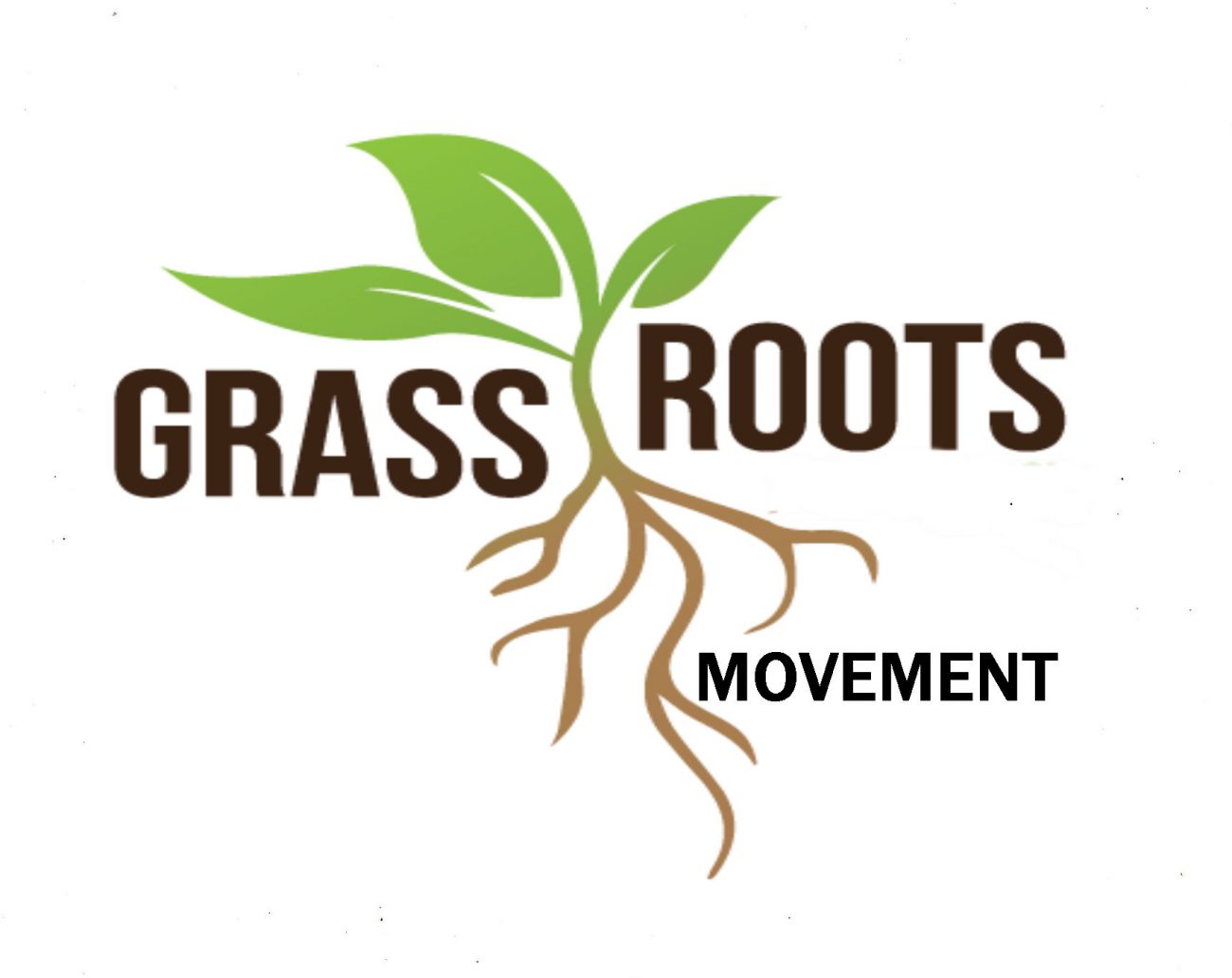What is a Grassroots Movement?

In today’s world of global resentment, racial profiling, and police brutality, you can hear the term “grassroots movement” almost daily. Grassroots movements usually try to bring public attention to a particular issue. Some are successful; others are not. Have you ever wondered what a grassroots movement is? How does it work? Does it even work at all? Today, we are going to answer all of those questions and explain what grassroots movements are.
Definition of Grassroots Movement

The Encyclopedia Britannica describes the term “grassroots” as a movement that attempts to mobilize individuals to influence the outcome of a specific situation. There are typically two types of grassroots movements:
- Efforts to mobilize people to vote for one particular candidate in the upcoming election
- Efforts to mobilize people to influence a government official to take a particular action
In simpler terms, a group of people who are drawn together by a common goal that will have consequences on the entire community is a grassroots movement. The people grant themselves the authority to solve a problem their community is facing to create a future they desire. In the begging, the entire campaign may consist of only a few people who want to speak about the same problem. Over time, the campaign has grown in size, as it gained support from like-minded individuals.
How Does the Grassroots Movement Work?

The movement starts with an individual who identifies a problem. After that, it usually turns out that he is not the only one. The leaders speak about their discoveries, the problem itself, and possible solutions. The members of the movement make an action plan afterward.
The group figures out who has enough authority to help them with the problem and how to contact them. They also check if anyone influential in their community might be able to help them and spread awareness of the issue. Communion within and outside of the group is crucial to the success of any grassroots movement. Nowadays, group members mainly use social media to contact local politicians and influencers and get in contact with other people in their community.
Are Grassroots Movements Successful?

All of this brings us to the most crucial question: are grassroots movements successful at all? In short, the answer is yes. There are many examples of successful grassroots movements in recent history. Perhaps the best-known example is the Love Canal Incident. Love Canal was a neighborhood in Niagara Falls. In 1977, a group of researchers discovered that the Hooker Chemical Company was using the canal to dump their chemical waste. The company dumped several tons of waste containing a chemical known to cause serious illness.
When the HCC stopped using the Love Canal, they covered it in clay and sold it to a local school district. The contract included a “responsibility waiver” that cleared the company of all responsibilities. When the people from the neighborhood started seeing increased occurrence of illness in the community, they knew something had to be done. A grassroots organization started interviewing people and documenting diseases like epilepsy and asthma that occurred with alarming frequency in Love Canal.
After they gathered all of the information, they reached out to then-president Jimmy Carter. He declared a state of emergency in the area and relocated more than 700 families living near the canal. The operation cost more than $17 million. That is probably the best example of a grassroots organization spreading awareness and persuading a government to respond to an emergency.




